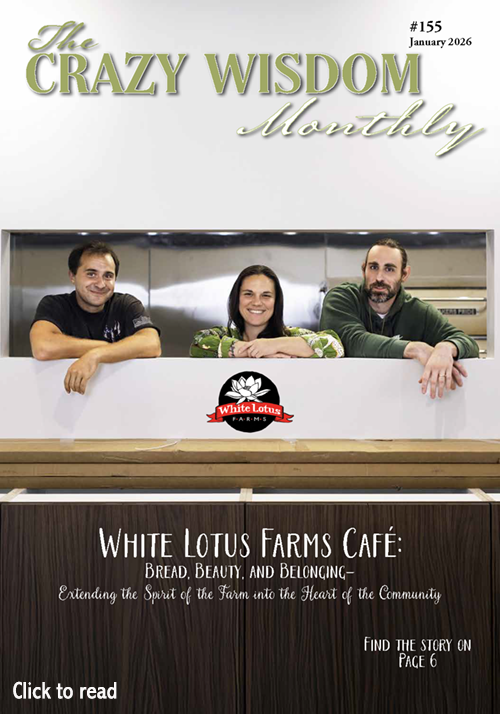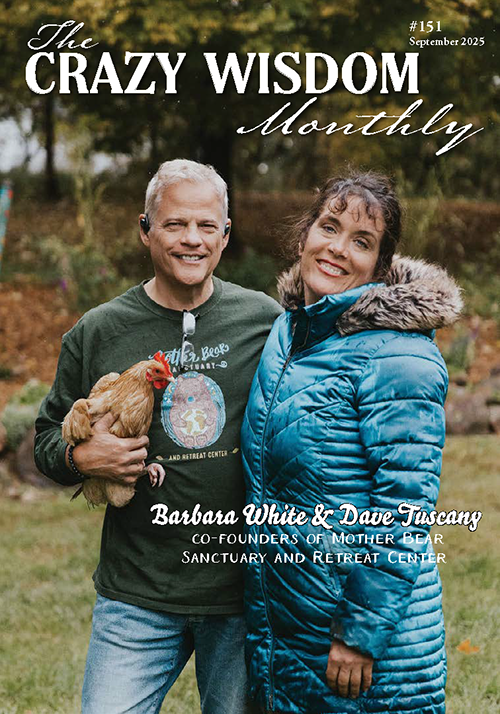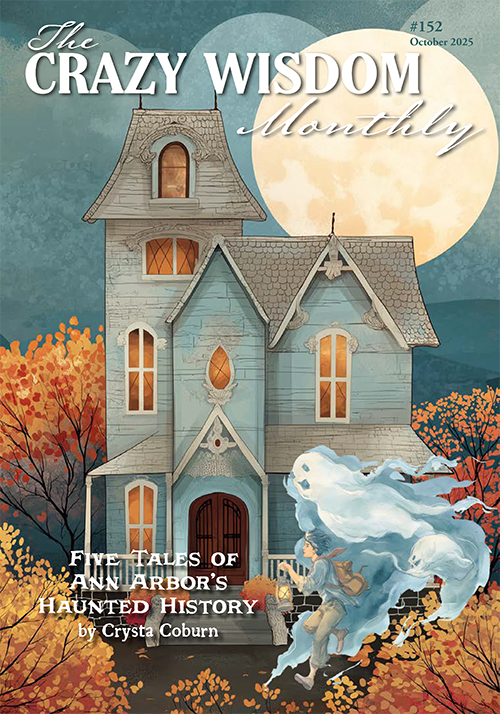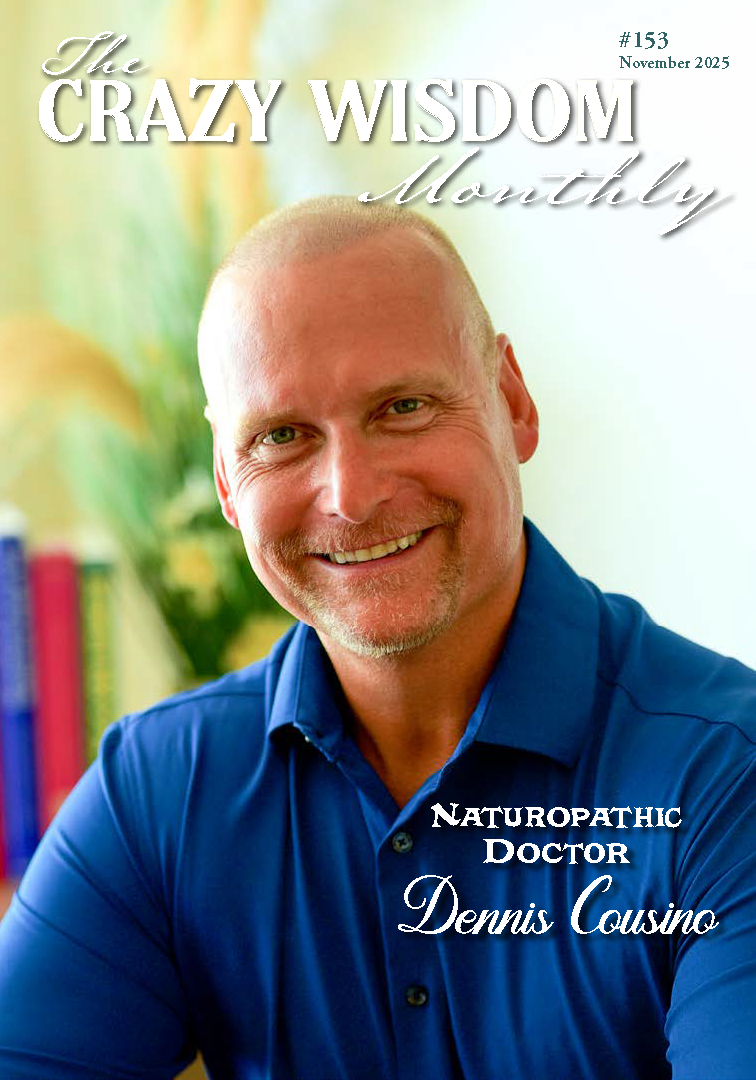Awareness helps us understand and neutralize situations, allowing them to feel less personal. Unconscious patterns like bullying, judgment, and anger become conscious as our awareness grows. As the saying goes, “hurt people hurt people.” When awareness grows, and we become conscious of our emotions, we are more able to transcend behaviors that cause us (or others) to be hurt
Helping Our Children in Distress
By Sheri Stankorb-Geiselman
One of the hardest things parents experience is seeing our children in distress. We want so much to take away the hurt! And now more than ever, with all the turbulence in our world, we are seeing our kids with big upsets. Whether it’s the economic impact of the pandemic, grieving the loss of a loved one, missing classmates, activities curtailed, or not understanding why parents are home so much more, but are available so much less, our kids are experiencing a trying time.
And what myriad ways kids show us their upsets! Tears, low frustration tolerance, unreasonable demands, unworkable behavior, aggression, and even tantrums (at any age). This challenge parents face—seeing our children in distress—is so hard that we often find ourselves in the moment reaching for ways to make it stop. We leap in to soothe, to fix, to solve. We fret about what it means to see our child’s intense feelings, and we try so very hard to get them to use words. In our tightest moments, we send them away (“Go to your room this instant!”). And if we were raised in an environment where emotions made grown-ups uncomfortable, we may hear old voices in our head (“I’ll give you something to cry about!”).
But what if it was all so much simpler than that? What if, in the moment, you and your child actually had everything you needed to heal their hurt? Parents have a lightbulb moment when they realize that there is actually very little that needs to be done when their child or teen is navigating an emotional storm. I say “very little” because it’s not nothing. It’s not sending them to their room to fight the emotional battle on their own. In fact, it’s drawing closer and offering connection that will allow them to metabolize their emotions so they can think again.
In a recent article for The Crazy Wisdom Community Journal titled Focus on Connection, I touched on some Hand in Hand Parenting tools to help parents connect with their children. Straightforward tools that can make family life flow more smoothly—even during a pandemic. Especially during a pandemic!
One of these tools is called Staylistening. In a nutshell, it means listening to your child’s upset all the way through. When a child’s behavior is off-track, they are sending a signal that they need our help. But why the heck can’t they just calmly tell us what’s wrong, and talk about their feelings? How about saying—Mom, I miss my friends, and when I see them on Zoom it reminds me of that? If only! More often it comes at us straight out of left field—pow! We wonder what hit us—sometimes literally!
When a child or teen is feeling disconnected, they cannot think. The limbic system is a part of the brain that, when it’s unsettled or disconnected, interrupts the ability of the prefrontal cortex (the “thinking” part of the brain) to function optimally. In reverse, when the limbic system perceives that they are safe and all is well, the prefrontal cortex can be fully online, and the child can think, focus, better control their impulses, cooperate, and have a more generous view of themselves and others.
So, what does this mean in a real-life situation? One dad described listening to his nine-year old son’s strong feelings in a way that, in the past, would likely have ended up quite differently—with dad missing his son’s cues, getting frustrated himself, yelling, sending him to his room, and neither one feeling good about any of it.
What happened was this. They were waiting to hear the plan for the boy’s soccer team during the upcoming season. The coach had sent an email about various possibilities for the months ahead, and as dad read it through with his son, the boy became more and more agitated until finally he shouted, “Stop it! Stop reading it! It doesn’t make sense!”
This dad had been learning about how to offer connection in such moments to help a child shed the feelings that keep them stuck. So, when his son ran up to his bedroom and slammed the door, instead of letting him go off by himself, or chiding him about he didn’t appreciate being yelled at when he was just trying to help, he gently knocked on the door, cracked it open, and could see his son with his face buried in the pillow, half-crying, half-screaming. As he slowly entered the room the boy shouted, “Go away!” but dad knew that his presence could help his son release the tension that was keeping him stuck. So, he stood there and breathed. He let his face soften (even though he knew his son couldn’t see him because he was still turned away), and let himself feel the confidence that his warm presence was enough. What a relief! He didn’t need to do anything except offer his attention, and his trust that what his son was doing was actually really smart. He took a few steps toward his son, and slowly sat down as his son writhed and cried some more. His son even had a few choice words for him, but he was able to simply listen without getting distracted by the content of his offloading. “For once it didn’t feel like something I needed to correct or control. It used to feel like I was letting him get away with something, that I needed to teach him that it wasn’t okay to say those things, no matter how mad he was. This time, I was actually able to just hear it for what it was—him dumping the frustration and disappointment he had about soccer being so different this year.”
After a few minutes, he could see his son calming down. This dad and his partner had spent so much time trying to teach their son how to take deep breaths when upset, and it was amazing to see that his little body knew how to calm down all along! It just needed dad to warmly listen all the way through. Once the storm cleared, he suddenly leapt up, gave his dad the tightest hug, and asked a question about the coach’s email. Dad wondered if this was going to touch off another big wave of feelings, but he found that he wasn’t worried that it might. He answered his son’s question, and his son, whose brain earlier could not process the information because his prefrontal cortex was offline, said, “I get it.” Then with a huge smile on his face he asked what was for dinner, and if they could kick the soccer ball around later.
Once you see the offloading of big feelings as—not the hurt itself, but instead the healing of the hurt—your work as a parent becomes much simpler. Much simpler, but at times not so easy, because what happens when your child goes nuclear with her emotions…and you’re ready to join her there? The key is staying reasonably calm yourself while Staylistening. Next time I’ll write about Listening Partnerships, the tool that helps parents do just that.
Hand in Hand Parenting, based in Palo Alto, California, has been supporting parents around the world for over thirty years. To learn more about Staylistening and other parenting tools, check out the book Listen, or go to handinhandparenting.org for resources (many free or low-cost) including articles, podcasts, videos, online courses, consultants, Parent Club, and more.
Sheri Stankorb-Geiselman, LMSW is a therapist in Ann Arbor who works with people and families throughout the life span. She can be reached at geiselmanpsychotherapy@gmail.com.
Say Something Nice
Overall, I am a better therapist than I am a mother. My love for my children is unquestionably larger/deeper then my care for my clients, and yet when it comes to communicating it, I do a better job as a therapist. Being a therapist is by far less messy then being a parent, and also quite a bit less vulnerable. My ego functions are often triggered as a parent, whereas I can easily keep them out of the picture in my role as counselor. I so cherish the concept of good enough parenting. That, I can do.
Ideas for Helping Your Child Invest in Their Future Self
t takes strong willpower to say no to ten more minutes of texting friends or playing instead of going to bed. It also takes willpower to say no to ten more minutes of sleep when you are still tired and don’t want to get up for school (or work). This is because immediate gratification has a serious edge over some possible vague reward that may, or may not, show up in the future, and only if you work for it. In other words, when working from our evolutionary default setting, now will beat later every time!
Arts Integration, More Than Just a Pretty Space
My journey with Waldorf education began 14 years ago, when my oldest was starting kindergarten. One of the first things that attracted me to Rudolf Steiner School was the opportunity for my children to have balance in their school day. A variety of artistic activities are interwoven with rigorous academic endeavors to achieve this harmony. Bursting with joy and vitality, my children would not sit all day getting filled with information, staring at worksheets, textbooks, and various screens. There would always be a thoughtful rhythm to their day. From early childhood through high school, Waldorf students experience many kinds of fine and practical arts: drawing, painting, sculpting, singing, folk dancing, handwork, woodwork (you should see the container of hand-carved wooden spoons in my kitchen!), instrumental music, and the list goes on…
Slowing Down to Open Up
I’ve quite frankly found it pretty challenging to routinely bend to the gifts of quiet time. Not being much for coffee, cigarettes, or wine, it seemed I even missed the American rituals that build in a pause.
I found a pause recently, though, in a gift from a wise friend. A modern, clear, silicon hot water bottle. So handsome in its simplicity, just fill with boiling water. Then retire, cradling the hot little pillow. And let the heat creep across, from silicon to bones. Nothing one can do to rush a hot water bottle. No dial to crank up. But there is something about a capable hot water bottle that encourages sighs of release. An unwinding. A melding.
Before I Was A Psychologist
The person I looked up to most at the tennis club was a part-time instructor named Lou Graves. He was a teacher in a juvenile detention center and would kid me that I reminded him of some of his delinquents. What he meant was that I had a temper, even though my temper hadn’t gotten me into any legal trouble. It just got me into an occasional fight, including with some of my tennis opponents when I began competing in tournaments.
So . . . What Can Those Babies Do?
Even after all these years of working with infants, I often hear: You work with babies (hee-hee). What CAN babies do? My answer is always the same. Plenty!
































































































































































































